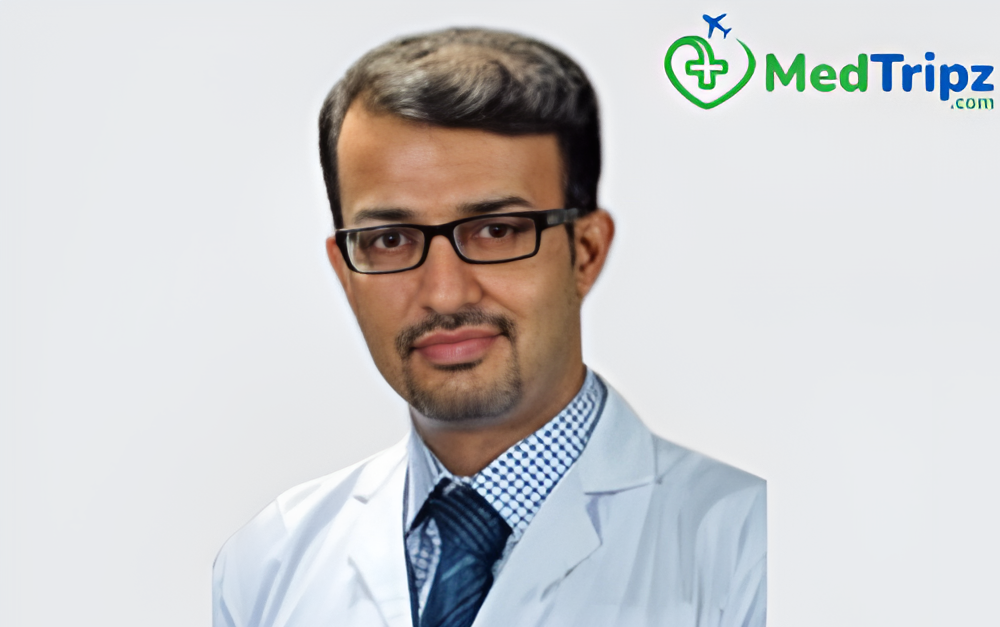نوع الإجراء
جراحة دمج العمود الفقريمدة الإجراء
3-6 ساعاتأيام الإقامة في المستشفى
5 أيامScoliosis surgery is a medical procedure aimed at correcting an abnormal curvature of the spine, known as scoliosis. Scoliosis is a condition where the spine curves sideways in an "S" or "C" shape, and surgery may be recommended when the curve is severe, causing pain, breathing difficulties, or other complications. The goal of the surgery is to straighten the spine, stabilize it, and prevent the curvature from worsening over time, especially in cases where non-surgical treatments like bracing or physical therapy have not been effective.
Scoliosis surgery is typically recommended for patients with a spinal curve greater than 45 to 50 degrees, especially if the curve is progressive. Surgery is also considered for those experiencing pain, impaired lung function, or other health issues related to the curvature. In children and adolescents, surgery is often performed when the curvature is rapidly progressing and nearing the point where it could impair growth and development. Adults with scoliosis may require surgery if they experience severe pain or nerve compression from the curved spine.
Scoliosis surgery is often performed under general anesthesia and can last several hours, depending on the severity and complexity of the curvature. The two most common procedures are spinal fusion and instrumentation. During spinal fusion, the surgeon removes the damaged discs and fuses two or more vertebrae together using bone grafts and metal rods, screws, or hooks to stabilize the spine. The goal is to reduce the curve and hold the spine in a corrected position while it heals. In some cases, the surgeon may also perform a procedure to release tension on the spine or straighten it using specialized tools.

رئيس قسم جراحة العمود الفقري والجنف

مدير - جراحة العظام ماجستير (جراحة العظام)، دبلومة في جراحة العظام، ماجستير في جراحة العظام، بكالوريوس في الطب والجراحة،
After scoliosis surgery, patients are typically monitored in the hospital for 4-7 days. During this time, pain management is essential, and physical therapy may begin to help restore mobility and strength. Most patients are encouraged to walk and move around as soon as possible to prevent complications like blood clots or pneumonia. A brace may be worn for several months to support the spine during the healing process, and restrictions on bending, lifting, or twisting are advised to allow the spine to heal properly.
Recovery after scoliosis surgery can take several months, and patients usually undergo physical therapy to regain strength and flexibility. Full spinal fusion typically takes 6-12 months to fully heal, and patients are advised to avoid strenuous physical activities during this period. Regular follow-up visits with the surgeon are essential to monitor the progress of healing, ensure the spine remains stable, and address any potential issues that arise.
Scoliosis surgery typically results in a significant improvement in the appearance of the spine and a reduction in symptoms such as pain or breathing problems. While full recovery can take time, most patients experience long-term relief and improved quality of life. In some cases, the spine may retain some degree of curvature, but surgery generally prevents further progression of the condition. With appropriate care and rehabilitation, many patients are able to resume their normal activities after the healing process is complete.
As with any major surgery, scoliosis surgery carries risks, including infection, blood loss, nerve damage, or complications from anesthesia. In some cases, there may be a risk of non-union of the spinal fusion or a need for additional surgery. Some patients may also experience changes in posture, discomfort, or difficulty in adjusting to the changes in spinal alignment. However, these risks are generally minimized by experienced surgical teams and careful postoperative care

جورجوجرام, الهند

جورجوجرام, الهند

جورجوجرام, الهند
التوجيه الصادق والدعم الموثوق والجهد السلس.
تزويدنا
بالتقارير


احصل على
الآراء الطبية


ما قبل الوصول
ترتيبات


تأشيرة
يدعم


باب المساعدة
العلاجات


العودة
متابعة

